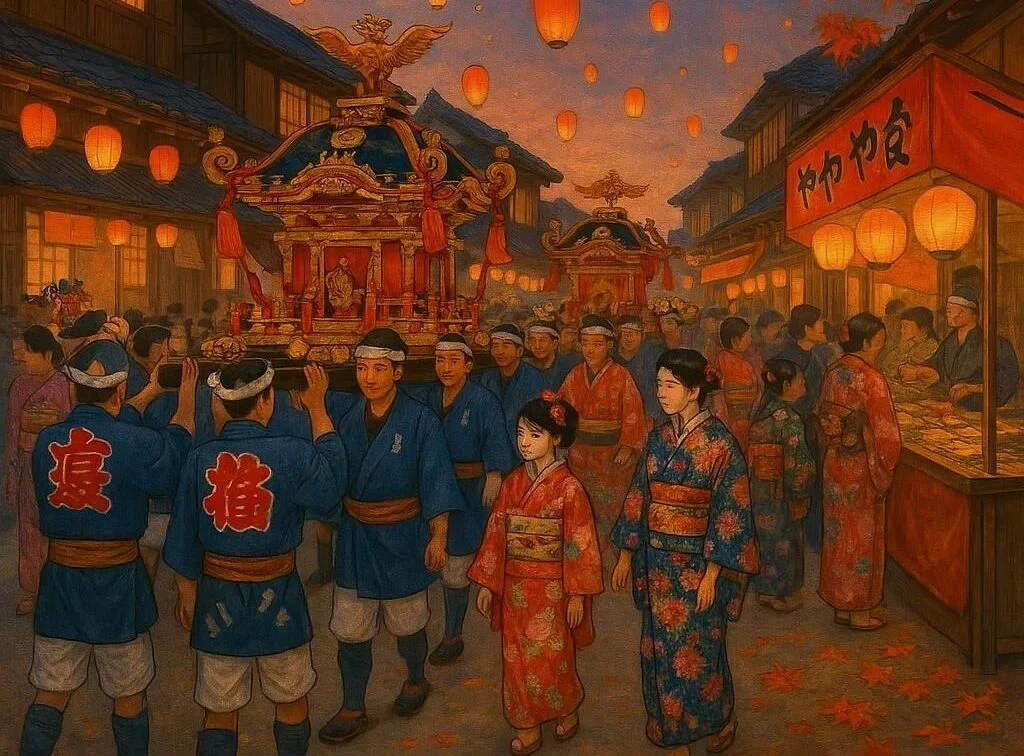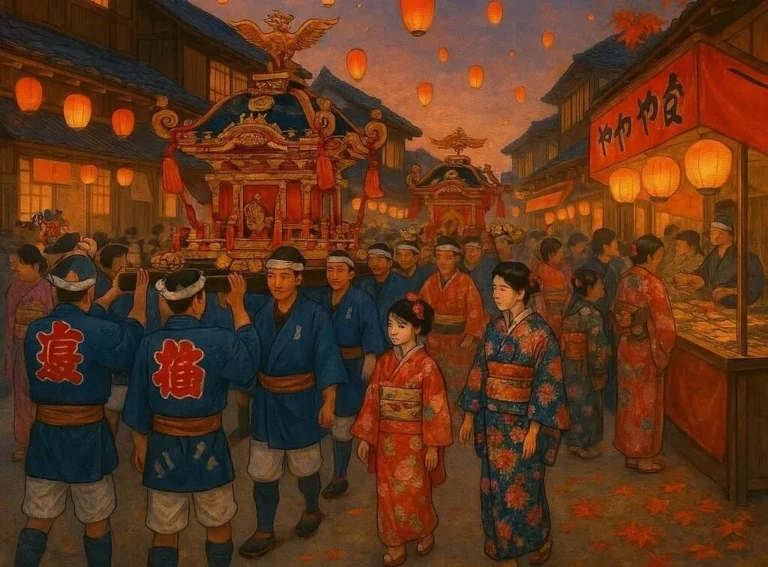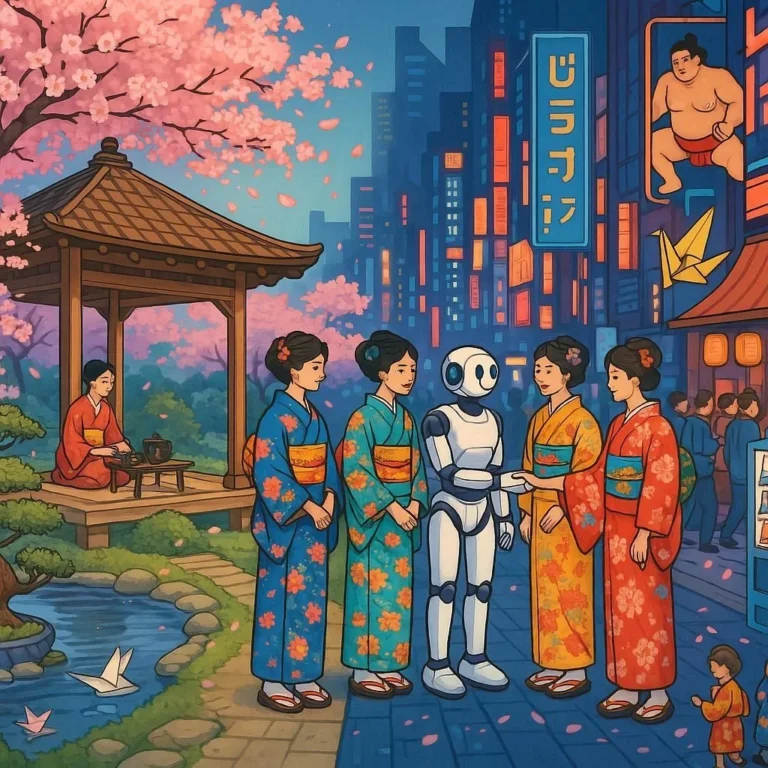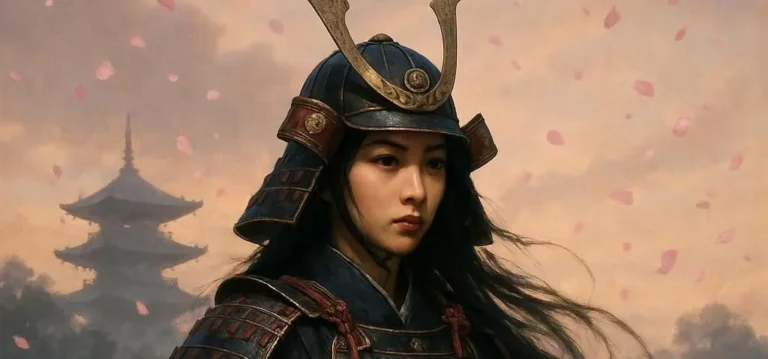505 views Festivals That Celebrate Japan’s Seasons and Heritage
Japan is a country deeply rooted in tradition and culture, and nowhere is this more evident than in its vibrant festivals. These festivals, or *matsuri*, are not just colorful spectacles but deeply meaningful events that reflect the country’s connection to nature, its seasons, and its rich heritage. From the cherry blossom celebrations of spring to the illuminated lanterns of autumn and the snow festivals of winter, Japan’s seasonal festivals offer a glimpse into its soul. In this blog, we’ll explore some of the most iconic festivals that celebrate Japan’s changing seasons and cultural traditions.
Spring: A Time of Renewal and Blooms
Spring in Japan is a season of rebirth and renewal, marked by the iconic cherry blossoms (*sakura*) that blanket the country in soft pink hues. This season is also a time of vibrant festivals that celebrate the return of warmer weather and the beauty of nature.
Hanami: Cherry Blossom Viewing
One of the most famous spring festivals in Japan is *Hanami* (花見), which translates to “flower viewing.” This ancient tradition dates back to the Heian period (794–1185 CE) and involves gathering under blooming cherry blossom trees to admire their beauty. Hanami is not just about looking at flowers; it’s a cultural event where families, friends, and communities come together to picnic, drink sake, and enjoy traditional foods like *hanami dango* (cherry blossom dumplings) and *bento* (Japanese boxed meals).
Popular spots for Hanami include Ueno Park in Tokyo, Maruyama Park in Kyoto, and Mount Yoshino in Nara. The exact timing of the cherry blossoms varies each year depending on weather conditions, but they usually bloom from late March to early April.
Golden Week
Another significant spring event in Japan is *Golden Week*, a week-long holiday period from April 29 to May 5 that includes several national holidays. This is a time when many Japanese people take a break from work or school to relax, travel, and participate in various festivals.
Golden Week includes *Showa Day* (April 29), *Constitution Day* (May 3), *Greenery Day* (May 4), and *Children’s Day* (May 5). Each of these days has its own unique traditions. For example, on Children’s Day, families with boys often fly colorful carp-shaped kites (*koinobori*) and display samurai dolls (*musha ningyo*) to pray for their children’s health and success.
Summer: A Season of Fireworks and Spirits
Summer in Japan is hot and humid, but it’s also a time of lively festivals and exciting events. Many summer festivals are centered around fire, water, and the connection to the spiritual world.
Obon Festival
One of the most important summer festivals in Japan is the *Obon Festival*, also known as the *Bon Festival*. This Buddhist holiday honors the spirits of one’s ancestors, who are believed to return to Earth during this time. The festival usually takes place in mid-August.
During Obon, families visit their ancestors’ graves, clean them, and offer flowers, incense, and food. In many regions, traditional dances called *Bon Odori* are performed around a yagura (raised platform) to welcome the spirits. The festival culminates with the lighting of *toro nagashi*, paper lanterns floated on rivers or seas to guide the spirits back to the afterlife.
Tanabata: The Star Festival
The *Tanabata* (Star Festival) is another popular summer festival, celebrated on July 7th or around that date in some regions. The festival is based on a legend from Chinese mythology about two star-crossed lovers, Orihime (the weaver star, Vega) and Hikoboshi (the cowherd star, Altair), who are separated by the Milky Way and allowed to meet only once a year on this day.
To celebrate Tanabata, people write their wishes on colorful paper strips (*tanzaku*) and hang them on bamboo trees along with ornaments like paper cranes, goldfish, and other decorations. Many cities and towns hold illuminated parades, fireworks, and traditional performances. The most famous Tanabata festival takes place in Sendai, Miyagi, where millions of visitors enjoy the city’s iconic decorations and festivities.
Nebuta Matsuri: The Float Festival
The *Nebuta Matsuri* in Aomori Prefecture is one of the most spectacular summer festivals in Japan. Held from August 2nd to 7th, the festival features massive, illuminated floats (*nebuta*) adorned with vibrant paper decorations and depictions of mythical creatures. The floats are accompanied by drummers, musicians, and dancers performing the traditional * Nebuta-bayashi* music.
The festival is believed to have origins in ancient rituals to drive away evil spirits and pray for good harvests. Today, it’s a UNESCO-recognized Intangible Cultural Heritage event that attracts millions of visitors each year.
Autumn: A Harvest of Gratitude
Autumn in Japan is a season of gratitude and reflection, marked by the changing colors of the leaves and the harvest of crops. The festivals during this time often celebrate nature’s bounty and the richness of Japanese culture.
Tsukimi: Moon Viewing
One of the most elegant autumn festivals in Japan is *Tsukimi* (月見), or moon viewing, traditionally held on the night of the full moon in September or October. This practice, influenced by Japanese poetry and Chinese culture, involves gathering to admire the beauty of the moon and compose *haiku* or other forms of poetry.
During Tsukimi, families often prepare traditional sweets like *moon-shaped rice cakes* (*tsukimi dango*) and *chestnut-based sweets* (*kuri okowa*) to enjoy while gazing at the moon. In some regions, people light bonfires (*ka・ *火) to symbolize the brightness of the moon.
Koyo: Fall Foliage
While not a specific festival, the autumn foliage (*koyo*) in Japan is a major cultural event. The vivid red and orange hues of the changing leaves attract millions of visitors each year to popular spots like Kyoto’s Kinkaku-ji Temple, Tokyo’s Shinjuku Gyoen, and Nikko’s national parks.
Many temples and shrines host light-up events (*illuminations*) where the autumn leaves are illuminated at night, creating a magical atmosphere. These events are a perfect opportunity to experience Japan’s natural beauty and cultural heritage.
Niiname-sai: The Rice Harvest Festival
*The Niiname-sai* is a Shinto rice harvest festival held on November 23rd. The festival dates back to ancient times and is celebrated at shrines across Japan to pray for a bountiful harvest and express gratitude for the year’s crops.
The most important Niiname-sai takes place at the Imperial Palace in Tokyo, where the Emperor performs a ritual to the gods, offering new rice, sake, and other harvest products. Locally, communities may hold festivals with traditional dances, food stalls, and games for children.
Winter: A Season of Illuminations and Renewal
Winter in Japan is a season of cool weather, hot springs, and beautiful illuminations. Many winter festivals are centered around light, snow, and the beginning of the new year.
Oshogatsu: The New Year (January 1st)
The most important winter festival in Japan is *Oshogatsu* (New Year’s), celebrated on January 1st. This is a time for families to come together, visit shrines and temples (*hatsumode*), and wish for good luck in the coming year.
During Oshogatsu, people participate in various traditions. Many visit shrines to ring bells and pray, while others stay at home to enjoy traditional meals like *toshikoshi soba* (year-crossing noodles), symbolizing longevity, and *osechi ryori* (special New Year’s dishes). Some families also send postcards (*nengajo*) to loved ones with New Year’s greetings.
Sapporo Snow Festival
One of the most famous winter festivals in the world is the *Sapporo Snow Festival* (*Sapporo Yuki Matsuri*), held annually in Hokkaido’s capital city. The festival, which takes place in early February, showcases stunning ice and snow sculptures of various sizes, from small intricate designs to massive structures that tower over visitors.
The festival began in 1950 when a group of high school students built six snow statues. Today, it attracts millions of visitors who come to marvel at the breathtaking sculptures, enjoy delicious Hokkaido cuisine, and experience the region’s unique snow culture.
Setsubun: The Bean-Throwing Festival
*Setsubun* is a festival celebrated on February 3rd or 4th, marking the beginning of spring in the traditional Japanese calendar. The festival is associated with the “bean-throwing” ceremony, where people throw soybeans (*mame*) to ward off evil spirits and bring good luck.
During Setsubun, families visit shrines and temples where priests and volunteers throw beans to the crowd. At home, people also perform the bean-throwing ritual and eat *ehomaki* (special sushi rolls) for good fortune. The festival is particularly popular at shrines like Kyoto’s Yasaka Shrine, where thousands gather to celebrate.
Conclusion
Japan’s seasonal festivals are a testament to its rich cultural heritage and deep connection to nature. Whether it’s the ethereal beauty of cherry blossoms in spring, the dazzling lights of winter illuminations, or the vibrant energy of summer’s Bon dances, each festival offers a unique glimpse into Japan’s traditions and way of life. If you ever have the chance to experience one of these festivals firsthand, you’ll surely leave with a deeper appreciation for this captivating country and its people.
So, which of these festivals would you love to experience? Let us know in the comments below, and don’t forget to share this post with anyone who loves Japan as much as you do!







